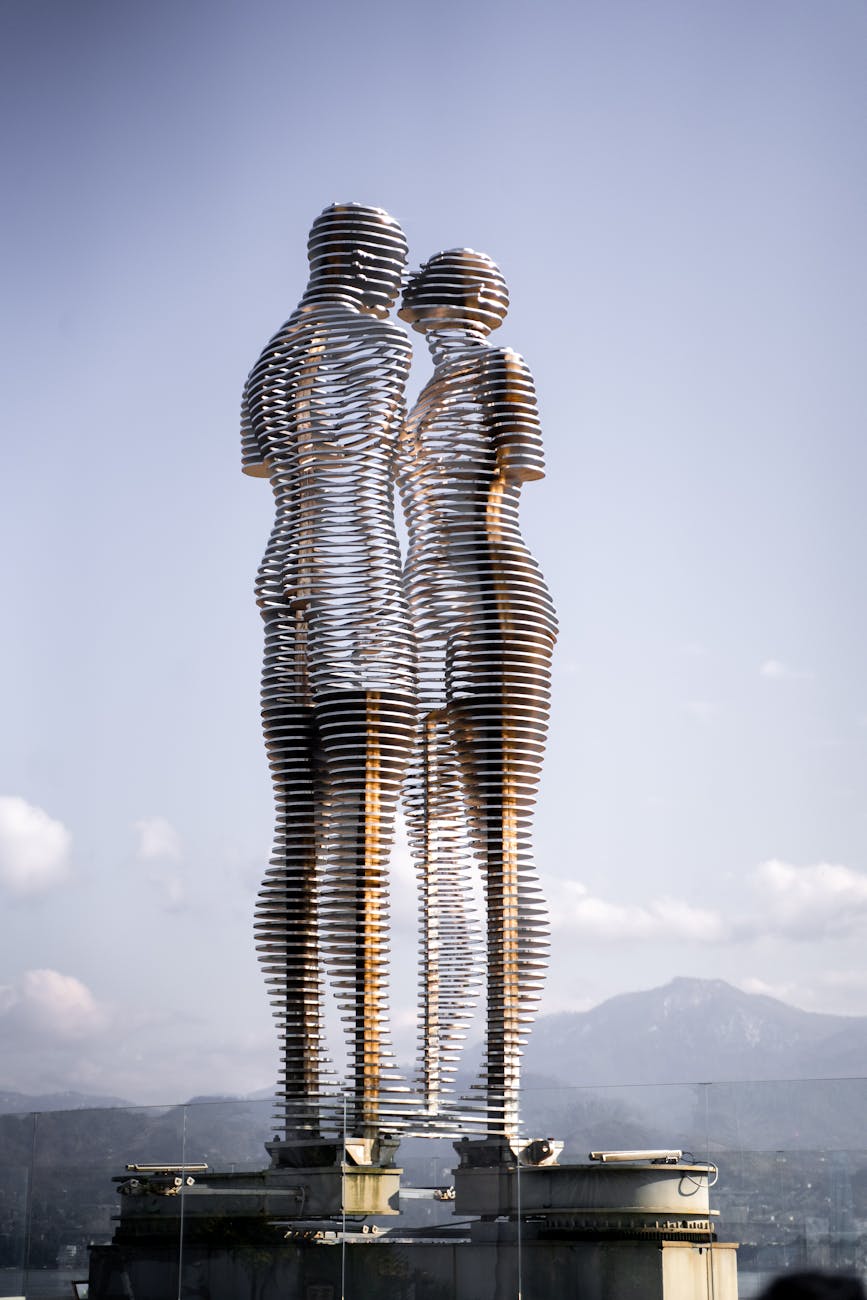Batumi is Georgia’s attractive summer capital that sits on the shores of the Black Sea. It attracts visitors from both Turkey and Russia, though the Russians you may meet are probably living there to escape the likelihood of being drafted into Putin’s armed forces. Russians drive the price of almost everything upwards and are resented by the Georgians, although there’s little they can do about it other than write profane graffiti on public walls.
I began my visit by walking through the Batumi Botanical Garden along the main path that gradually descends towards the Black Sea with fine views along the coast. The Russian botanist Andrey Nikolayevich Krasnov (1862-1914) started these gardens, which were officially opened on 3rd November, 1912. The garden comprises the following botanical areas: the Caucasus, East Asia, New Zealand, South America, the Himalayas, Mexico, Australia, and the Mediterranean. Visitors can admire the parkland and the succulents, palms, roses, camellias, citrus, bamboos, magnolia, cypress, pine trees, persimmon, and maple tree collections. My understanding is that out of all these plants, the gardens are most proud of their camellia and rose collections. I admired the amazing bark of the Maritime Pine trees and the flowers of an unusual plant, Rhododendron Ponticum, a species of Rhododendron native to the Iberian Peninsula and to the Caucasus region, at opposite ends of the European continent.
In the city itself, I started my tour by visiting the Orta Jame mosque and then headed to the seafront promenade, walking past the chacha tower, a clock tower in a Moorish style that was originally meant to spout chacha, a strong Georgian brandy made of grape pomace (grape residue left after making wine), every evening for ten minutes. Thankfully, this idea never worked, and I can’t imagine what would have happened if it had, other than creating lots of alcoholics. From 2009, the Saakashvili government triggered a building boom in Batumi to turn the city into a Black Sea version of Las Vegas. I now saw the results in front of me. There’s a Ferris wheel of course and also the Ali and Nino statue. The Georgian artist Tamara Kvesitadze created this moving sculpture in 2010, whose metal artwork comprises two figures made of stacked segments. The two figures slide towards each other, briefly merging as their segments pass through each other, and come out the other side, never having truly connected.
